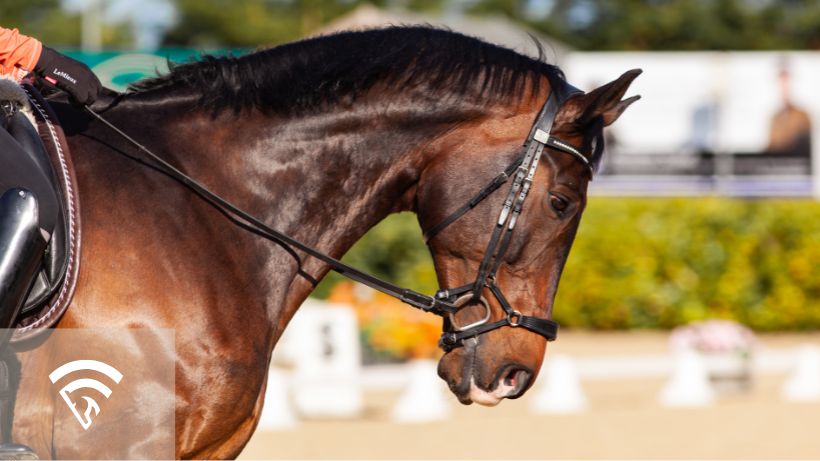What is a Ridgling in Horse Racing?
A ridgling, also referred to as a cryptorchid, is a male horse with one (unilateral) or both (bilateral) testicles undescended. While many people are familiar with colts and geldings, the ridgling falls somewhere in between—retaining testicles that haven’t fully descended into the scrotum. This condition can influence a horse’s behavior, hormone levels, and potential breeding value, making ridglings a unique consideration in both racing and equine veterinary care.
Why Do Ridglings Matter in Racing and Breeding?
-
Hormonal and Behavioral Factors:
- Retained testicles may still produce testosterone, sometimes creating behavior similar to a stud (intact stallion).
- Trainers and handlers might need to manage increased aggression, distractibility, or “stallion-like” tendencies during training and racing.
-
Health Implications:
- An undescended testicle can be prone to torsion, tumors, or discomfort due to its abnormal position, requiring vigilant veterinary monitoring.
- In some cases, surgery can be performed to remove or reposition the retained testicle if it threatens the horse’s long-term health.
-
Breeding Potential:
- Many ridglings are not favored for breeding, particularly if the cryptorchidism is considered hereditary.
- A horse’s pedigree, bloodlines, and racing success can still generate interest, but prospective breeders often weigh the risks of passing on cryptorchid traits.
-
Racing Performance:
- A ridgling can still be a high achiever on the track. Historical examples exist of ridglings who excelled despite their condition.
- Performance issues may arise if testicular pain, hormonal imbalances, or related behavioral problems interfere with consistent training and racing.
Common Questions About Ridglings
- Is Cryptorchidism Genetic?
- There is evidence suggesting a genetic component, though it doesn’t always manifest in every generation.
- Can a Ridgling Become a Gelding or Stallion?
- Surgical options may remove the undescended testicle (effectively making the horse a gelding) or correct its position. Final decisions often depend on the horse’s pedigree and future breeding value.
- Do Ridglings Cost More to Maintain?
- Veterinary care may be more involved, and specialized handling or training could be required—potentially increasing overall expenses.
Though ridglings occupy a unique status in the racing world, their performance can rival that of colts, geldings, or stallions with proper care and management. While EquinEdge specializes in AI-driven handicapping insights—evaluating pace scenarios, speed figures, and real-time odds—understanding a horse’s medical and developmental background can further inform a bettor’s strategy and appreciation of the thoroughbred experience. Sign up for EquinEdge to get started today.
